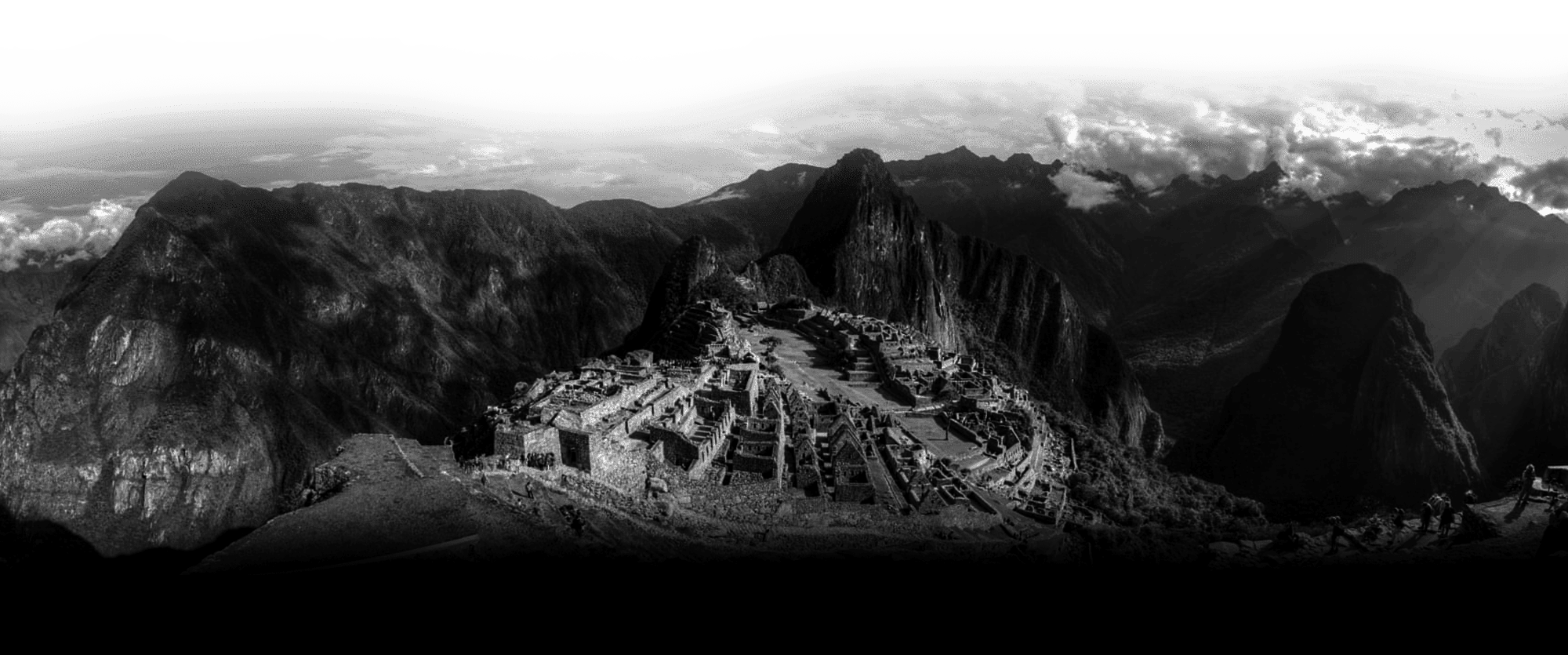Hello! Click on a representative below and we will get back to you shortly. We are here to help you.
Ta
Sales
Talk to a travel advisor
Ca
Travel partners
Contact number for agencies
E2
Emergency
Emergency contact number, available 24/7
Error al cargar el tour.

FLY CUSCO PERU, the leading small group tour operator in Peru, offers quality services and unique experiences tailored to each client, whether a family or a group of friends. Committed to sustainability, we improve the lives of our team and invite them to discover the history, culture and landscapes of Peru.
Destinations in Peru:
Contact:
Email Address:
© FLY CUSCO PERU 2016 - 2025. Travel, explore, and experience the magic of Peru.
Stay Connected:
